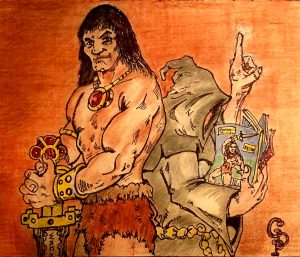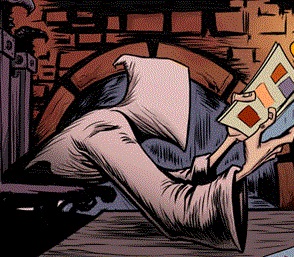
(EDITOR’S NOTE: Paint Monk’s Library, in collaboration with the enthusiastic staff over at the Into the Knight Podcast, is tackling the Moon Knight chronology! Regularly, we’ll take an in-depth look at the Fist Of Khonshu in a series of reviews, all in order of character appearance! These reviews will appear on Monday each week until we’ve covered them all, or until the enthusiastic Loonies get too exhausted to write. Whichever comes first!)
By REYNALDO G. – Guest Writer
Reading early Doug Moench stories is a bit of a double-edged sword. It’s hard not to like the level of detail the writer puts into setting up a story with so many characters and intricate plots. At the same time, there’s always a danger of the story getting too convoluted.
I’m still of two minds when it comes to this back-up tale of Moon Knight in The Hulk Magazine #13. Multiple re-reads tend to make navigating the maze of ideas in Moench’s mind a little easier.
Understanding the context of the time these stories were written goes a long way toward understanding Moench’s approach in crafting them. Moon Knight was still a relatively new character, and these backups were testing grounds for Moench to try and develop the character and try some new things.
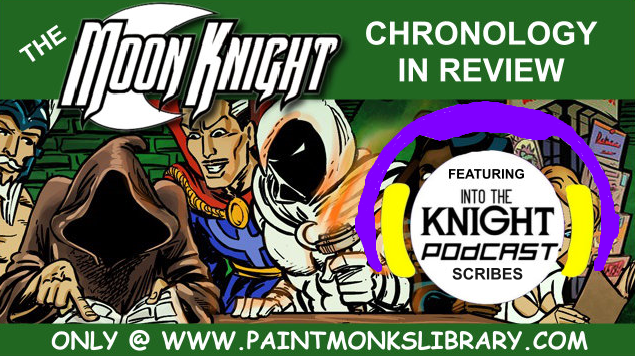
What we know of Moon Knight today is that of a character intrinsically connected to the mythology of Khonshu, the Egyptian Moon God of Vengeance. In this issue, Moench is clearly not there yet, but there are hints of things to come.
Moon Knight tracks down a valuable relic in the statue of Horus, the Egyptian God of the Sky. Funnily enough, there is no mention of Khonshu, and it’s later revealed that Moon Knight’s strength comes from the phases of the Moon, due to the werewolf bite received in a previous adventure! This is an attempt to tie in Werewolf by Night #32, the first appearance of Moon Knight. Of course, this was conveniently forgotten and swept under the rug later, as Moench started to galvanize the back story of Moon Knight which ultimately was etched in stone in the 1980 series.
Review: The Hulk! (Vol. 1) #13 (Moon Knight Story)

SYNOPSIS: Two mysterious figures examine the dossier of Moon Knight. Beginning with his hi-tech weaponry, they also review his secret identities and close companions. This in-depth analysis is much like that of Conquer-Lord (Marvel Spotlight #28 and #29), but this time two men named Smelt and Lupinar are the culprits.
As they continue their studies, we observe Steven Grant and Marlene at Grant mansion preparing the money which will be exchanged for the Horus statue (which our hero has sought the last several issues!) Grant changes clothes and takes on his Jake Lockley persona, leaving Marlene and heading toward the city.
It’s in Gena’s Diner that Lockley finds Crawley, and it is Crawley – an unsavory looking, yet articulate fellow – who tells Lockley that a truck hijacking has been planned by some out-of-town criminals. Our hero thanks Crawley and departs to prepare his rendezvous with Leroux’s men to make the exchange for the Horus statue.
Moon Knight arrives at the drop (a deserted warehouse on Route 32 near the Hudson River) right on time, and he encounters a group of armed men holding the statue. The exchange is made – but in true criminal style, the thugs try to keep both the cash and the statue, but Moon Knight begins a violent negotiation of his own!

The Fist of Khonshu manages to subdue all the armed men amid a hail of bullets and bodies, and Moon Knight, of course, leaves unscathed with the Horus statue. He does leave the cash, however, and the ploy to leave it as bait to track the criminals seems to work.
Moon Knight and Frenchie do not know what the criminals plan to buy or gain from hijacking the truck, but they follow the convoy of cars and leave the warehouse. Our heroes are led toward a huge truck on the highway and Moon Knight jumps from the moon copter just as the convoy comes to a halt.

The hijackers are surprised by a group of armed guards inside the truck. But before any bloodshed can occur, the guards are shot down by an uncostumed Marc Spector. Spector is pretending to be an employee of Leroux (the same man who employed the thieves) and he assists them in stealing the cargo. Unknown to the thieves, Spector shot the guards in their bullet-proof vests on purpose, knocking them out but not killing them.
When the mysterious cargo is revealed, it turns out to be plutonium which the thieves (terrorists) have obtained, and it’s part of their plan to hold New York City for ransom or face a nuclear detonation.
To add more complexity to the matter, the two mysterious figures – Lupinar and his assistant Smelt – also have a vested interest in not only Moon Knight, but also in the truck hijacking. Lupinar – a fierce-looking, swashbuckling mastermind – sends someone dressed as Moon Knight to stop the hijacking, confront the terrorists but also to flush out the ‘rotten apple’ (which in this case, is Marc Spector!)
Confused at the sight of the Moon Knight imposter, and worried that his cover will be blown, Marc is left in quite the pickle! The story ends as Lupinar hopes his “imposter Moon Knight” will fail, so he can defeat the Fist of Khonshu himself!

SOME THOUGHTS: The two lead antagonists, Smelt and Lupinar, are deviously kept in the shadows throughout the story and are sparingly used as tools to educate readers about Moon Knight and his multiple identities. The reveal of Lupinar at the end of the issue is enjoyable and his visage is typical of Moench – a slight hint of supernatural, yet firmly grounded in reality.
The main thrust of the story, however, revolves around a group of terrorists (under the employ of Lupinar) not only ransoming off the statue of Horus but also planning an ambush of a truck to steal the plutonium and hold the city of New York for ransom. Apart from the element of hijacking a truck for radioactive material, the premise is pretty standard and many readers hoping to see more superhero theatrics will be sorely disappointed. Moench stays true to his vision of retaining Moon Knight as a hero who is literally just a man, fighting ordinary criminals.
Having said that, there is a charm to Moench’s direction for Moon Knight and there’s a classic, almost pulpy feel to the stories. Sienkiewicz’s early Neal Adams style and Oliff’s coloring is a treasure to behold and the artwork furthers the charm of the story.
In addition to the reveal of Lupinar at the end, there is also a twist that elevates this story beyond the mundane: Marc Spector comes face to face with Moon Knight – and I just love the irony that Spector (already a man beginning to struggle with his multiple identities) is faced with his own identity as an adversary, foiling the criminal activities that Spector is a part of (albeit in an undercover capacity).
CAPSULE REVIEW: ‘The Big Blackmail’, is a worthy back up story within the Hulk Magazine, though I’d imagine at the time it would have been met with many wary readers. Fans of the Green Goliath and all his fantastic tales would have been a little confused at a backup story about street-level criminals and a hero with no discernible powers.
As an issue that introduces a new villain for Moon Knight, the story itself forms the set up of Lupinar and Smelt as well as dedicate a lot of script to reminding readers what Moon Knight is all about.
If you enjoy pulpy adventures and don’t mind the grounded nature of the titular character, then there’s a lot to like about this era of Moench and Moon Knight. But if you prefer the more straight forward stories told with more established characters during the time, such as Spider-man and Daredevil, then cracking into Moon Knight with the stories found in Hulk Magazine may prove to be a little more challenging.


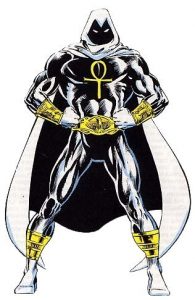




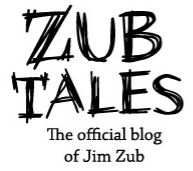

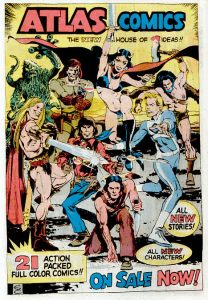

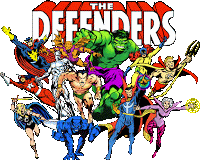
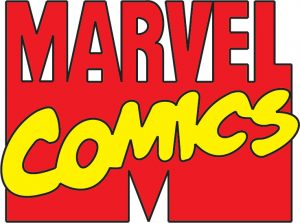

 Posted in
Posted in  Tags:
Tags: 